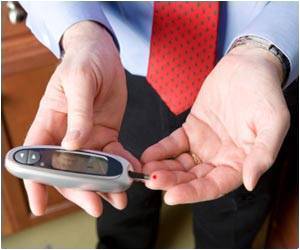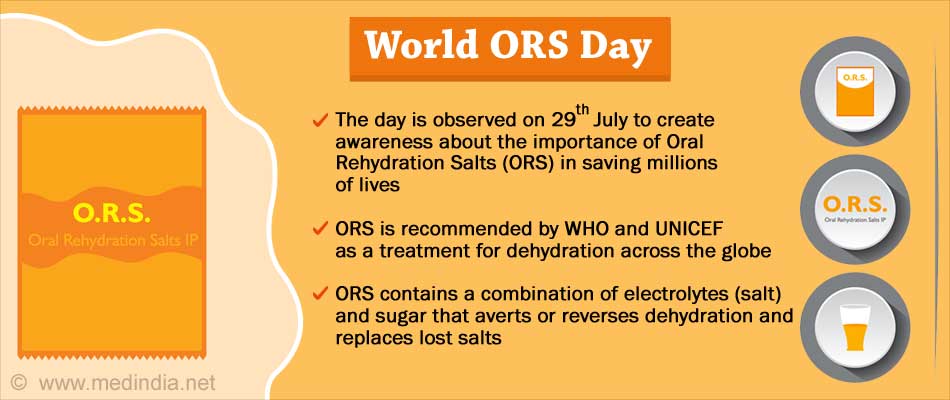- Chinese scientists cured a patient’s diabetes with innovative cell therapy, eliminating the need for insulin
- The therapy involved reprogramming blood cells to regenerate pancreatic islet tissue, showcasing advances in regenerative medicine
- If successful in larger trials, this treatment could greatly reduce the burden of diabetes in China and worldwide
In a huge medical milestone, Chinese scientists effectively cured a patient’s diabetes with breakthrough cell therapy. A team from Shanghai Changzheng Hospital, the Chinese Academy of Sciences’ Centre for Excellence in Molecular Cell Science, and Renji Hospital created this groundbreaking treatment, which was published in the journal Cell Discovery ().
Advertisement
Diabetic Patient’s Journey to Recovery
According to a South China Morning Post report, the patient had a cell transplant in July 2021. Surprisingly, after eleven weeks, he no longer needed exogenous insulin. Over the next year, he steadily reduced and then discontinued taking oral blood sugar control medications. “Follow-up examinations showed that the patient’s pancreatic islet function was effectively restored,” said Yin, one of the lead researchers. The patient has been insulin-free for 33 months.
This discovery represents a huge step forward in diabetic cell treatment. Timothy Kieffer, a professor at the University of British Columbia, applauded the work, saying, “I think this study represents an important advance in the field of cell therapy for diabetes.”
Diabetes is a chronic disorder that impairs the body’s capacity to convert food into energy, resulting in serious complications if not treated properly. Traditional therapies include insulin injections and regular monitoring, which can be taxing for patients.
Advertisement
Innovative Approach to Treating Diabetes with Cell Therapy
The new therapy involves programming the patient’s peripheral blood mononuclear cells and changing them into “seed cells” to regenerate pancreatic islet tissue in a controlled environment. This strategy takes advantage of the body’s regenerating powers, a growing discipline known as regenerative medicine.
“Our technology has matured and it has pushed boundaries in the field of regenerative medicine for the treatment of diabetes,” said Yin.
Advertisement
Implications of the Novel Cell Therapy in Reducing the Diabetes Burden
China, which has the biggest number of diabetes sufferers worldwide, bears a significant healthcare burden. According to the International Diabetes Federation, 140 million people in China have diabetes, with 40 million requiring lifelong insulin injections. This novel cell therapy could greatly alleviate the burden.
Kieffer stated that if this cell therapy strategy is successful in larger research, “it can free patients from the burden of chronic medications, improve health and quality of life, and reduce healthcare expenditures.” However, he underlined the importance of conducting additional trials with more patients to corroborate these encouraging results.
References
- In world first, Chinese scientists report cell therapy cure in diabetes case (https://www.scmp.com/news/china/science/article/3263878/chinese-scientists-report-world-first-they-cure-patients-diabetes-cell-therapy)
Source-Medindia



